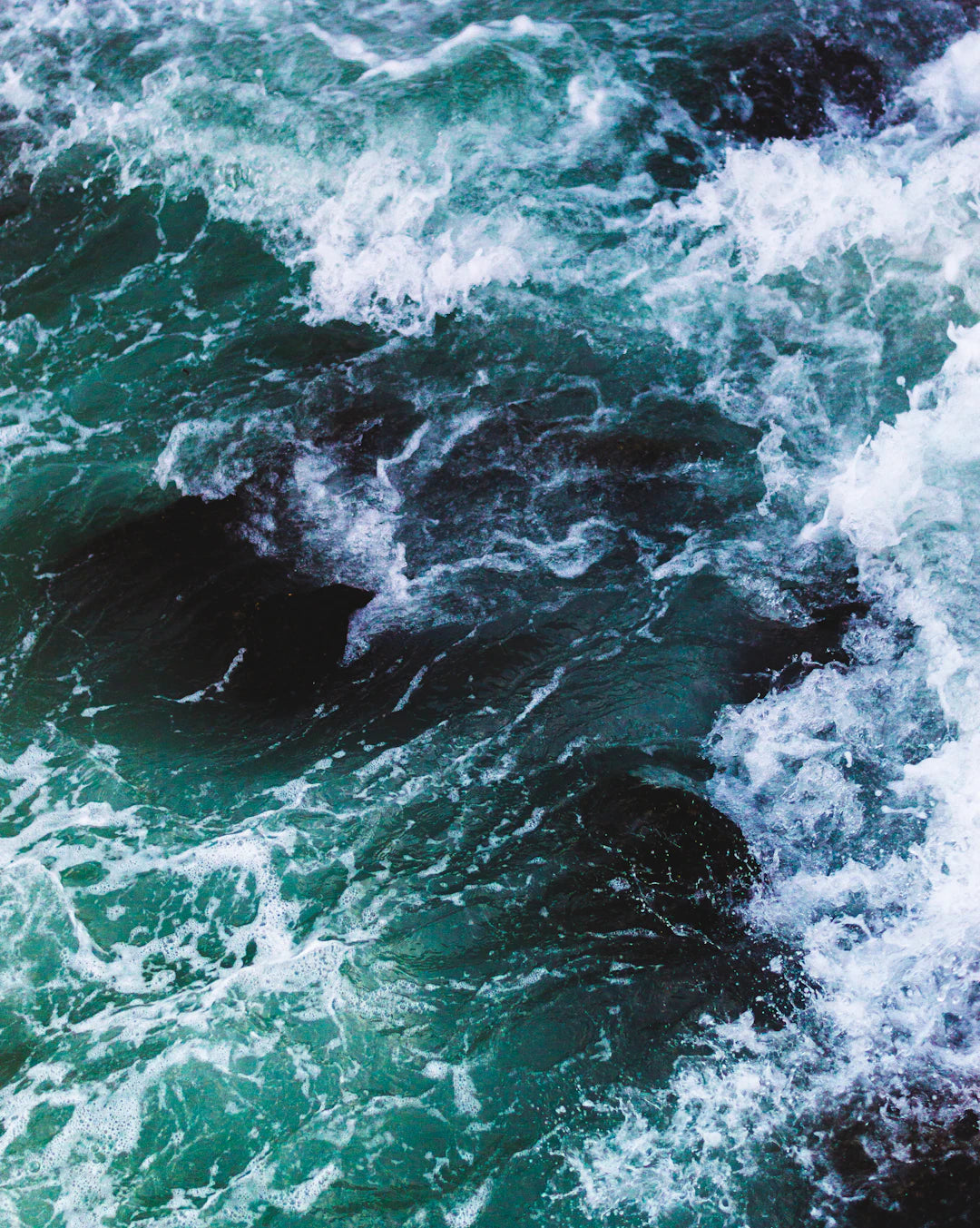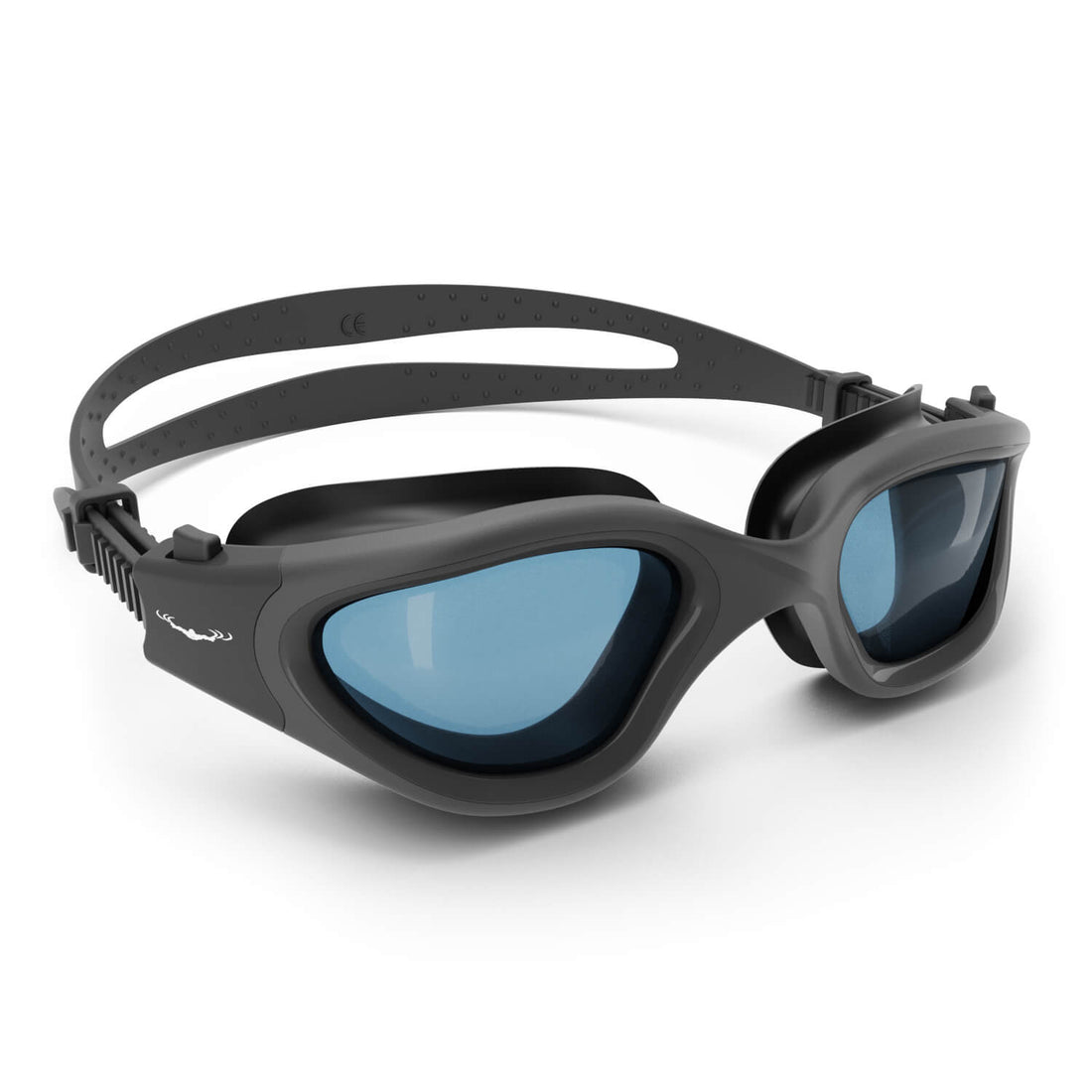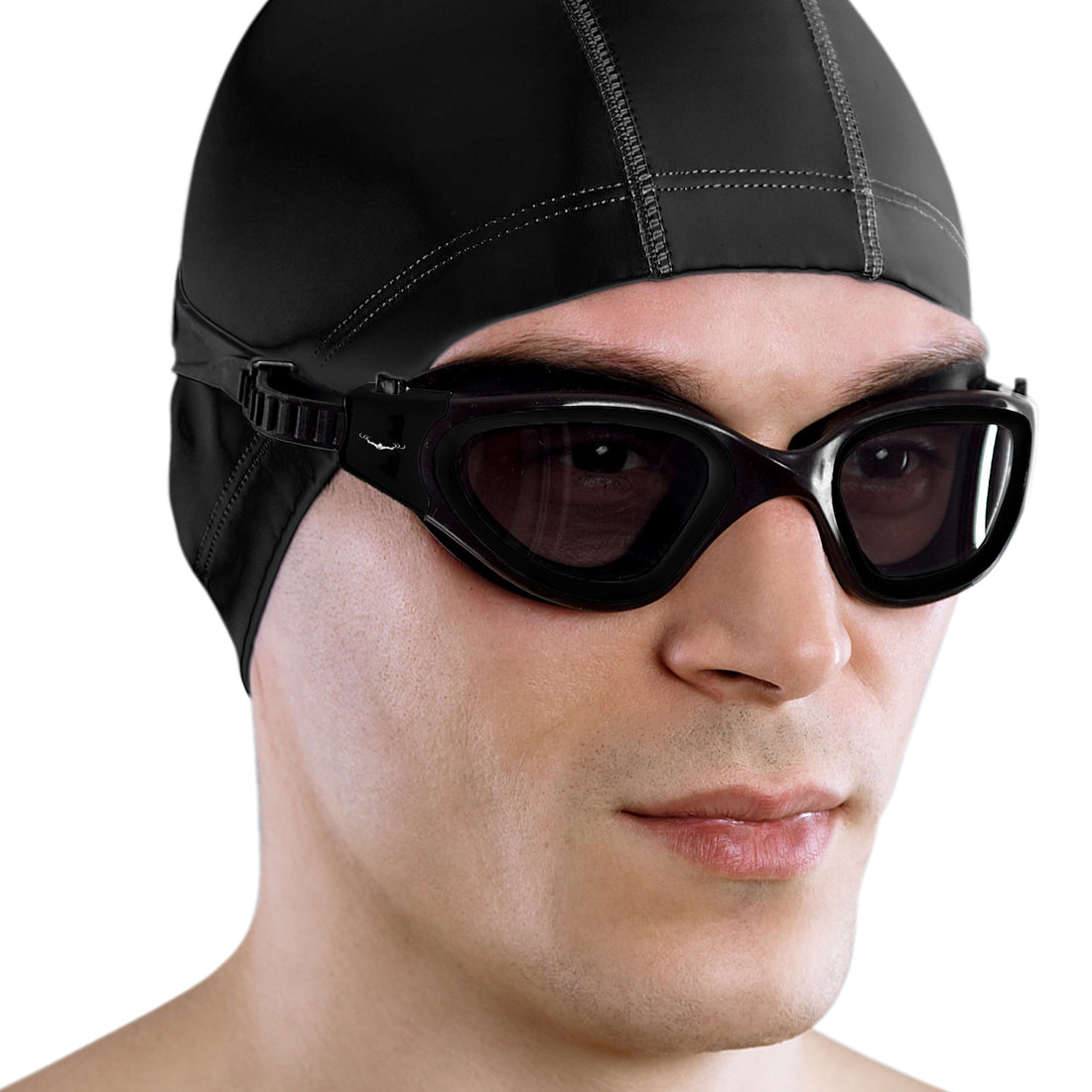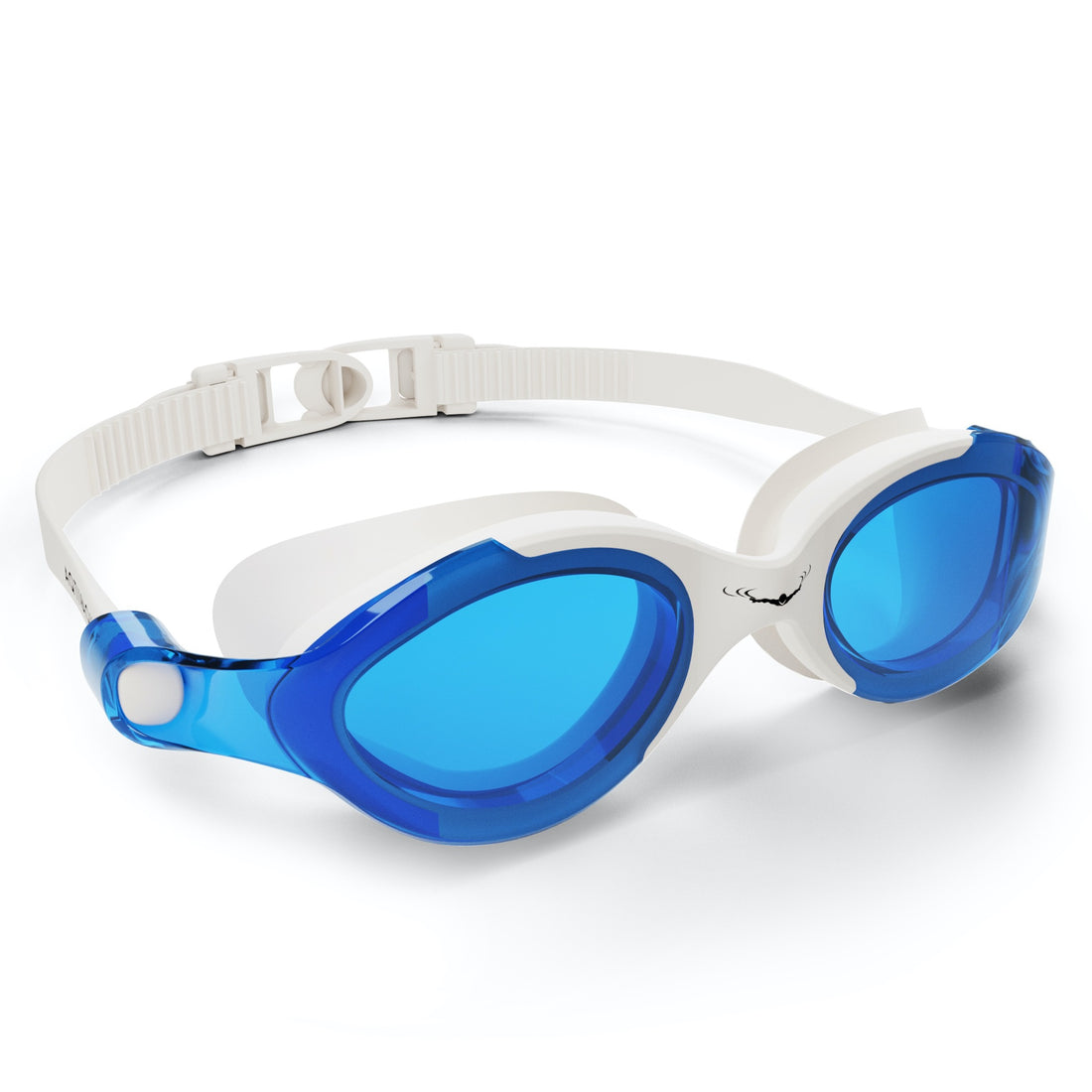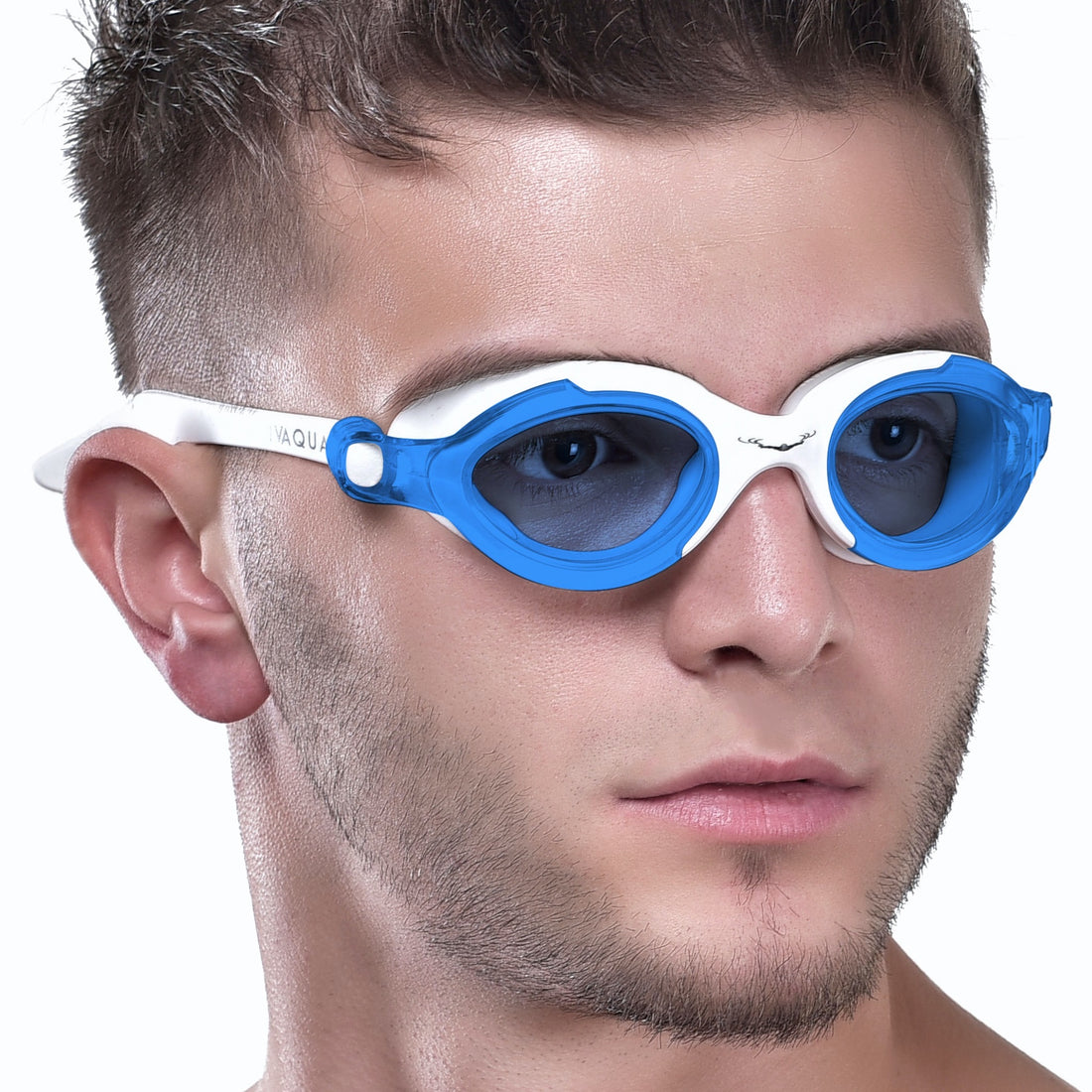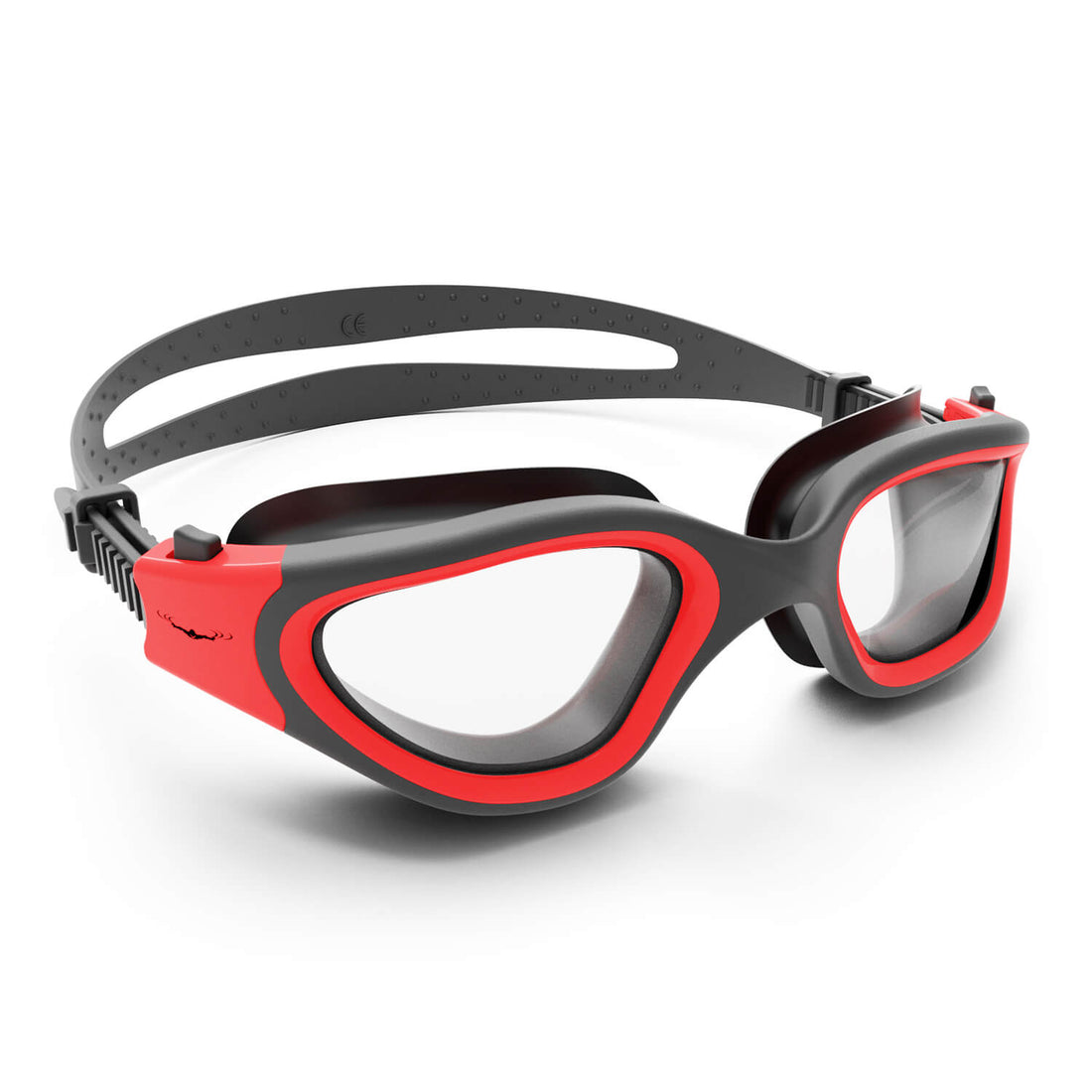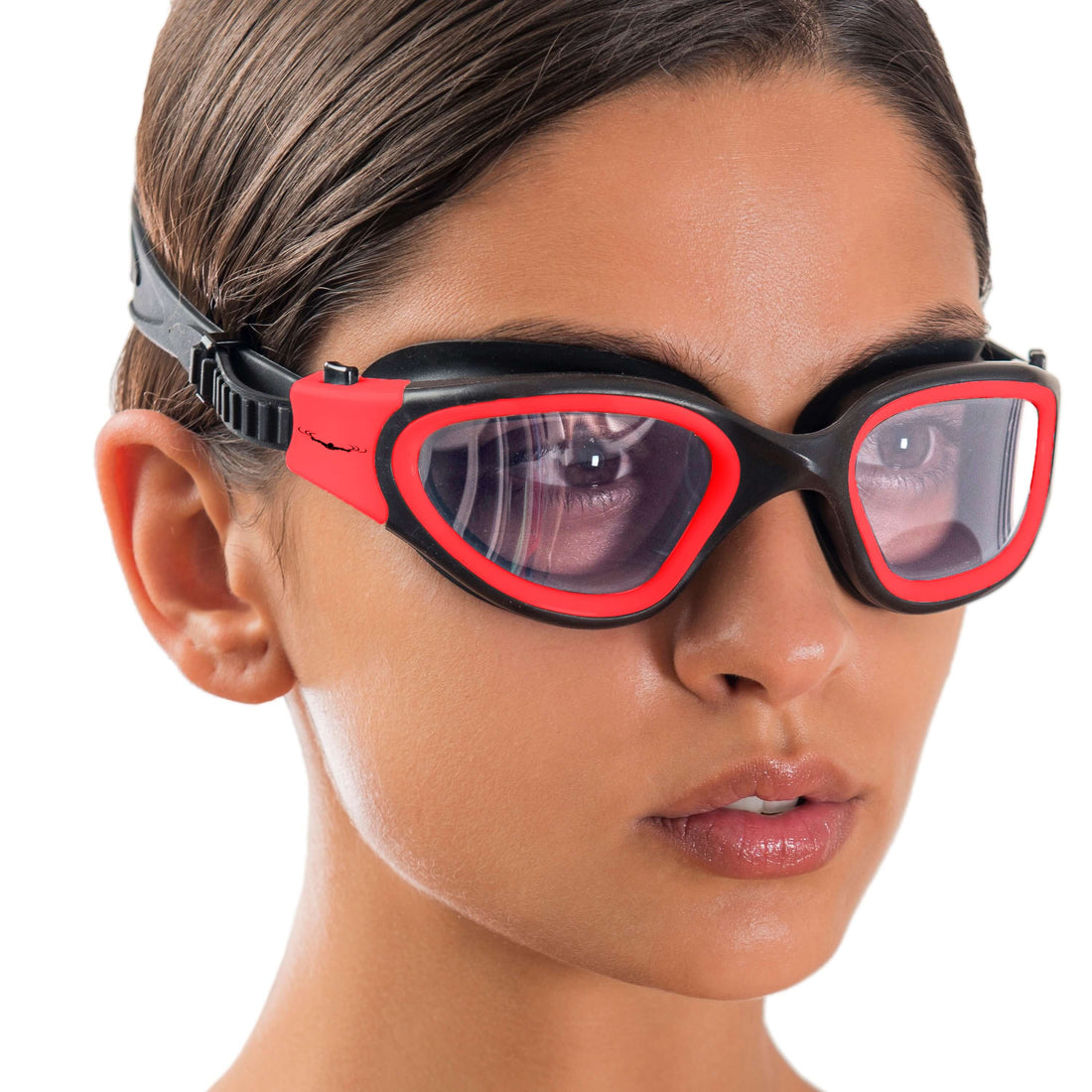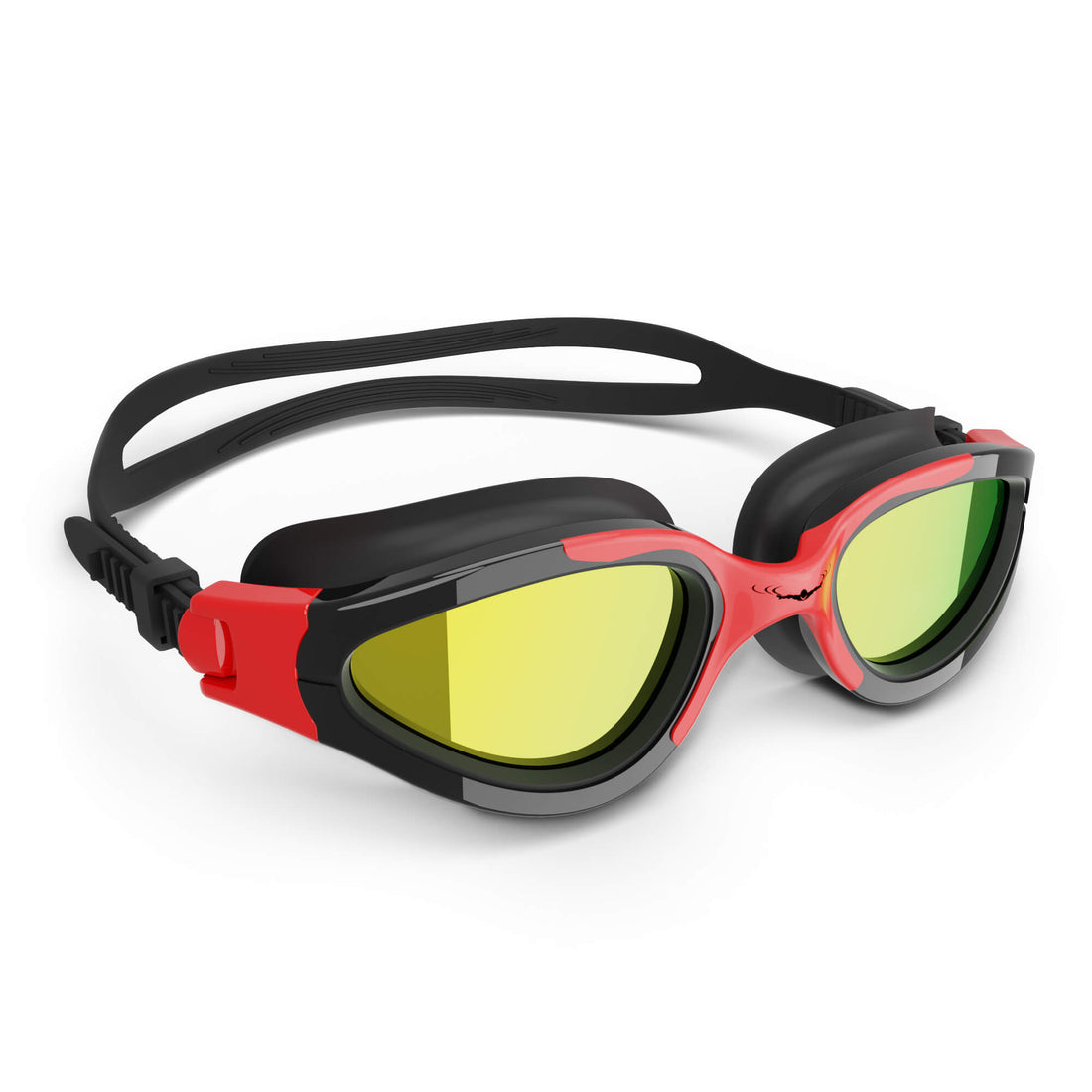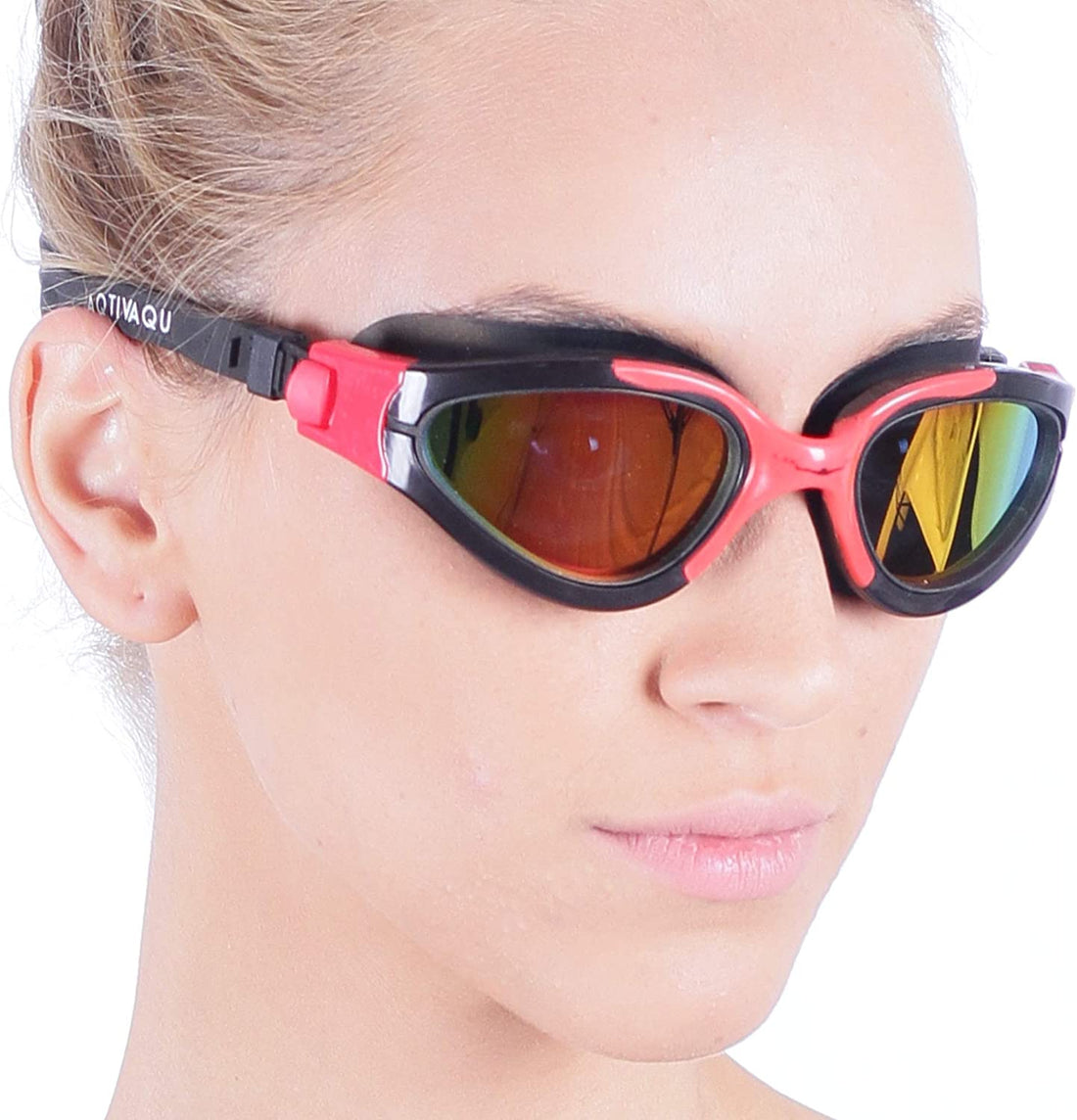Water activities are a source of joy and relaxation for families and individuals alike. However, safety must always come first, and understanding water safety regulations is essential for anyone participating in aquatic experiences. From guidelines for public pools to safety rules for private water activities, this article aims to unpack the vital regulations that protect swimmers and enhance the water experience.
The Importance of Water Safety Regulations
Water safety regulations play an integral role in preventing accidents and ensuring safe environments for swimming and other water activities. These guidelines are designed to minimize risks, promote healthy water, and provide a framework for operators of public and private aquatic facilities. Here are a few key reasons why understanding these regulations is essential:
- Protecting Swimmers: Regulations help ensure that all swimming environments are safe, making them less hazardous for recreational activities.
- Promoting Public Awareness: Informing the public about safety standards fosters awareness and encourages responsible swimming behavior.
- Facilitating Emergency Responses: Regulations outline procedures that can be crucial in the event of emergencies, ensuring prompt action can be taken.
Key Water Safety Regulations to Know
1. Pool Safety Guidelines
Public swimming pools are required to adhere to specific safety regulations to accommodate swimmers of all ages and skill levels. These regulations may include:
- Fence Requirements: Many jurisdictions require fences or barriers around pools to prevent unsupervised access.
- Depth Markings: Clear markings indicating the depth of the pool must be displayed to make it easier for swimmers to understand their environment.
- Life-Saving Equipment: Pools are often required to have life-saving equipment readily available, including life rings and poles.
2. Swim Instructor Certifications
Instructors at swimming facilities must be certified, which increases the likelihood of swimmers receiving proper safety training. In addition, this regulation reassures parents and guardians that their children are under the care of well-trained professionals who prioritize safety.
3. Chemical Regulations
Maintaining water quality is critical for health and safety. Water facilities are required to follow stringent chemical regulations pertaining to:
- Chlorine Levels: Regulations stipulate acceptable chlorine levels to minimize the risk of pool-related illnesses.
- pH Levels: The balance of pH is essential for reducing chemical irritation and ensuring effective sanitation.
- Frequent Testing: Regular testing and documentation of water quality are often mandated to ensure compliance with health standards.
Beyond Pools: Additional Stressors in Water Safety
1. Natural Water Bodies
Regulations for natural bodies of water, such as lakes and rivers, may differ from those governing pools. Safety policies often remind users about possible hazards like rip currents, underwater debris, and aquatic wildlife. Adhering to guidelines in these environments is vital, as they can be unpredictable. Some general practices include:
- Supervision: Always supervise children in natural water settings.
- Floatation Devices: Use properly rated floatation devices, and consider swim ear bands to help keep the water out of ears during swimming.
2. Boating Regulations
Boating adds another layer of complexity to water safety. Whether you’re involved in kayaking, sailing or any watercraft use, certain regulations must be followed:
- Life Jackets: Depending on the size of the vessel, life jackets must be available for every passenger.
- Operator Age Restrictions: Certain states have age restrictions on who can operate motorized boats.
- Alcohol Regulations: Many areas enforce strict laws against operating a boat under the influence of alcohol.
Essential Equipment for Water Safety
1. Swim Ear Bands
Swim ear bands are an important element of water safety gear. Especially for those prone to ear infections or discomfort during swimming, these bands can act as a barrier against contaminated water entering the ear canals. Not only do they serve a protective purpose, but they also provide a better swimming experience for children, giving parents peace of mind while their kids enjoy the water. Pairing ear bands with appropriate supervision helps bolster safety efforts.
2. UV Protection Swim Goggles
To ensure eyes stay protected from harmful UV rays while swimming, UV protection swim goggles are essential. These goggles shield the eyes from both sunlight and irritants in the water, ensuring that individuals of all ages can swim comfortably. Investing in high-quality goggles means a safer and more enjoyable experience, particularly in outdoor swimming environments.
Fostering a Culture of Water Safety
Creating a culture of water safety goes beyond understanding regulations. It involves education, communication, and consistent practice among families, friends, and communities. Here are some ways to promote a culture of water safety:
- Education and Training: Encourage swimming lessons and safety courses, as well as ongoing education about the risks and precautions associated with water activities.
- Community Events: Participate in community programs focusing on water safety. Many local organizations host events that educate the public about water safety and regulations.
- Peer Discussions: Foster open discussions among peers regarding water safety practices and personal experiences to learn from one another.
Keeping Up with Changing Regulations
Water safety regulations can evolve as new research and technology emerge. It’s important to stay informed about your local regulations and any changes that may affect your bathing, swimming, or boating experiences. Regularly check with your local government, swimming facilities, or aquatic safety organizations for updates, best practices, and resources that can assist you in keeping your loved ones safe.
Your Water Safety Mindset
The importance of understanding water safety regulations cannot be overstated. It empowers individuals and families to enjoy water activities safely. By familiarizing yourself with pool guidelines, the risks of natural water bodies, and proper safety equipment like UV protection swim goggles and swim ear bands, you create a safer experience for everyone involved. However, knowledge alone isn’t enough; regular practice of safety measures, adherence to regulations, and sharing this understanding with others contribute to a stronger culture of water safety.
Embrace water safety today and dive into a world of enjoyment while prioritizing safety for all!


